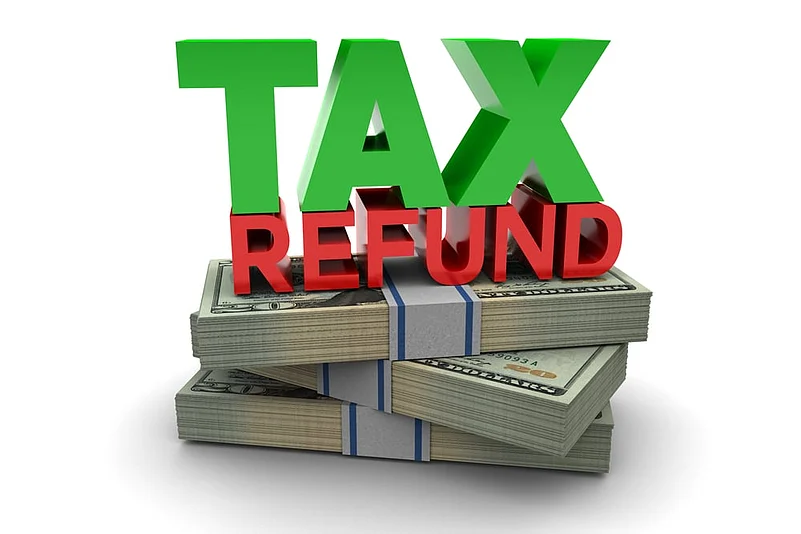The Income Tax Department on September 23, 2023, called upon taxpayers to promptly respond to intimation of outstanding tax demands, adding that it will help in faster processing of income tax returns (ITR) and quicker issuance of refunds.
For the Assessment Year 2023-24, a total of 7.09 crore returns have been filed. Of these, 6.96 crore ITRs have been verified, 6.46 crore returns have been processed, and 2.75 crore refund returns have already been issued as per the latest data from the I-T department.
The Income Tax Department is making every effort to complete the processing of ITRs and issuance of refunds expeditiously, it said in a social media post on X. However, a significant hurdle in achieving this goal is that there are previous outstanding tax demands.
What Are Pending Tax Demands?
After you file your returns, the Income Tax Department inspects the tax declarations and if there are any mismatches with your actual tax liability, it issues an “outstanding tax demand” notice.
Section 245(1) of the Income-tax Act, 1961, necessitates offering taxpayers an opportunity to provide their input before adjusting the refund against any existing demand. Taxpayers are required to agree, disagree, or clarify the status of the demand.
Taxpayers who have outstanding demands from previous years will receive notifications from the department. So it has requested the taxpayers to respond to such intimations to enable “cleaning up/reconciliation” of pending demands and facilitate timely issue of refunds. It will not only aid in resolving pending demands but also expedite the timely issuance of refunds.
How To Respond To Outstanding Tax Demands?
In its official website, the Income Tax Department shows how one can respond to outstanding demands. Here are the steps to follow:
To begin the process, taxpayers should visit the official Income Tax Department's e-filing portal at https://www.incometax.gov.in/iec/foportal/.
Under the 'e-File' menu, taxpayers should locate and click on the 'Response to Outstanding Demand' option.
In the subsequent screen, taxpayers will find a list of response options. They can select from the following choices:
a) Demand is correct
b) Demand is partially correct
c) Disagree with demand
d) Demand is not correct but agree for adjustment
Submit Your Response: Depending on the chosen response, taxpayers should follow the instructions provided on the portal. If the taxpayer selects 'Demand is correct,' they should click on the 'Submit' button to confirm their choice and complete the response submission process.
However, if the 'Demand is correct' option is confirmed, taxpayers will not have the option to disagree with the demand later and any refund owed will be adjusted against the outstanding demand. Taxpayers also have the option to pay the demand directly by clicking the link under the 'Pay Tax' option.













